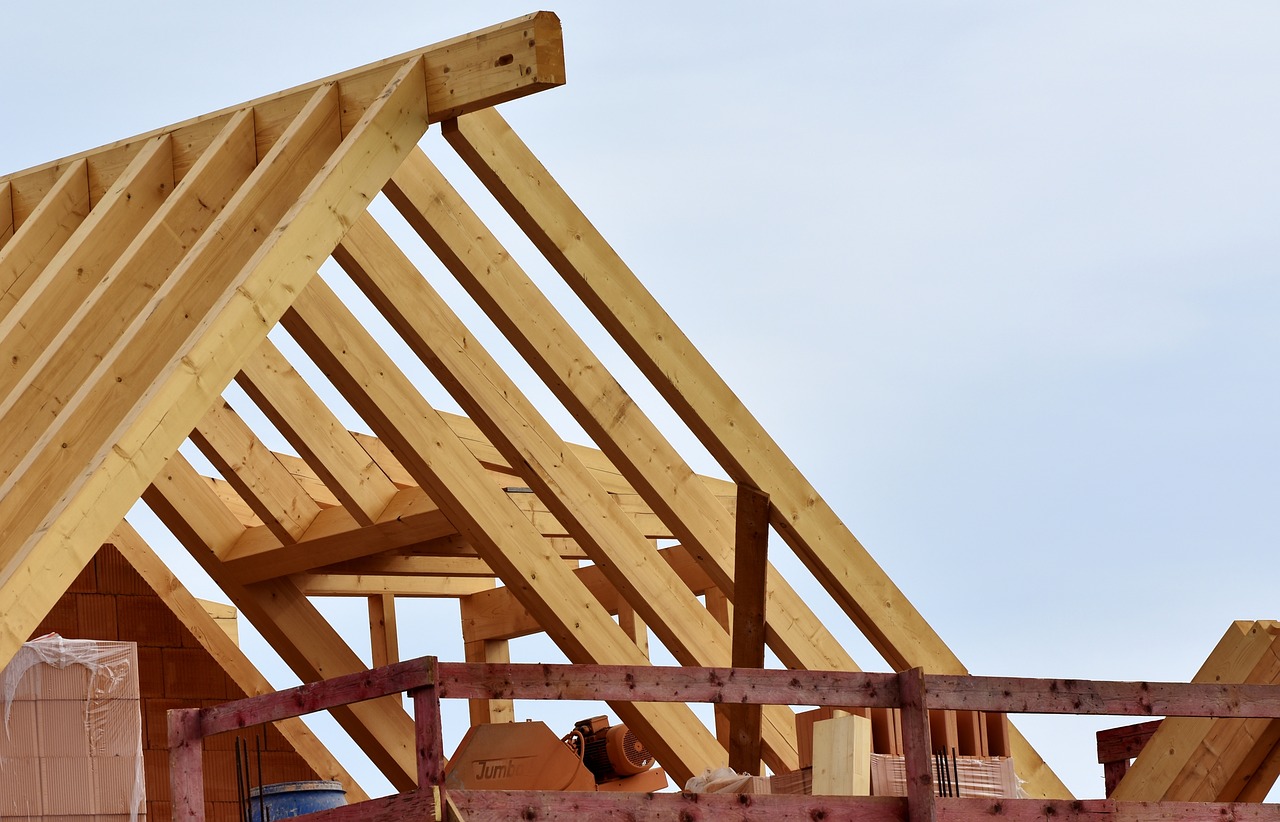
Roof ventilation is a critical component of maintaining a healthy and energy-efficient home. Proper ventilation ensures that your home remains comfortable and free from moisture-related issues all year round.
In this article, we will explore the various benefits of roof ventilation, how it works, and tips on achieving optimal ventilation for your home.
Roof Ventilation in Canberra VIC
The Importance of Roof Ventilation for Your Home
Roof ventilation helps regulate the temperature inside your home by allowing hot air to escape during the summer months. This prevents your air conditioning system from working overtime, thereby saving energy and reducing utility bills.
In the winter, proper ventilation reduces the risk of moisture buildup, which can lead to mold growth and structural damage. By maintaining a balanced airflow, your home remains protected from the elements, regardless of the season.
Additionally, roof ventilation plays a crucial role in extending the lifespan of your roofing materials. Excessive heat and moisture can accelerate wear and tear, leading to costly repairs sooner than expected.
There are several types of roof ventilation systems that homeowners can consider, each with its unique features and benefits. Ridge vents, for example, are installed at the peak of your roof and allow for continuous airflow across the entire roofline.
Another popular option is the installation of soffit vents, which are located under the eaves and provide essential intake of fresh air. When used in conjunction with ridge or gable vents, soffit vents create a balanced ventilation system.
Electric and solar-powered attic fans are additional options that actively expel hot air from the attic space, further enhancing the efficiency of passive ventilation methods.
More Resources
When it comes to choosing the right roof ventilation for your home, it's essential to consider factors such as your local climate, roof design, and personal energy efficiency goals. Consulting with a roofing contractor can provide valuable insights tailored to your specific needs.
An expert can evaluate existing ventilation systems and recommend necessary upgrades or repairs. This ensures not only compliance with building codes but also optimal performance throughout varying weather conditions.
Remember, investing in a well-designed ventilation system protects your home and offers peace of mind that your living environment is safe and comfortable year-round.
Enhancing Home Comfort Through Effective Roof Ventilation
Many homeowners may not realize the signs of poor roof ventilation, which often include higher than usual energy bills, unexplained moisture spots on ceilings, and indoor temperature fluctuations. Detecting these symptoms early can prevent more severe issues down the line.
Addressing inadequate ventilation promptly can save significant costs associated with mold remediation, structural repairs, and even early replacement of roofing materials.
Regular roof inspections are crucial in identifying potential ventilation problems. Checking for blockages, ensuring vents are unobstructed, and verifying the overall condition of the roof are all essential steps in maintaining effective ventilation.
In conclusion, roof ventilation is an integral part of home maintenance that provides numerous benefits, from improving energy efficiency to protecting the structural integrity of your house. A well-ventilated attic keeps your living space comfortable and safeguards against long-term damage.
If you're planning a new roofing project or considering upgrades to your existing system, take the time to research and consult with professionals about the best ventilation options for your home. Making informed decisions now can save you time and money in the future.
Ultimately, the value of proper roof ventilation extends beyond immediate utility savings; it enhances the overall quality and safety of your home, making it an indispensable consideration for every homeowner.
Comments
Post a Comment